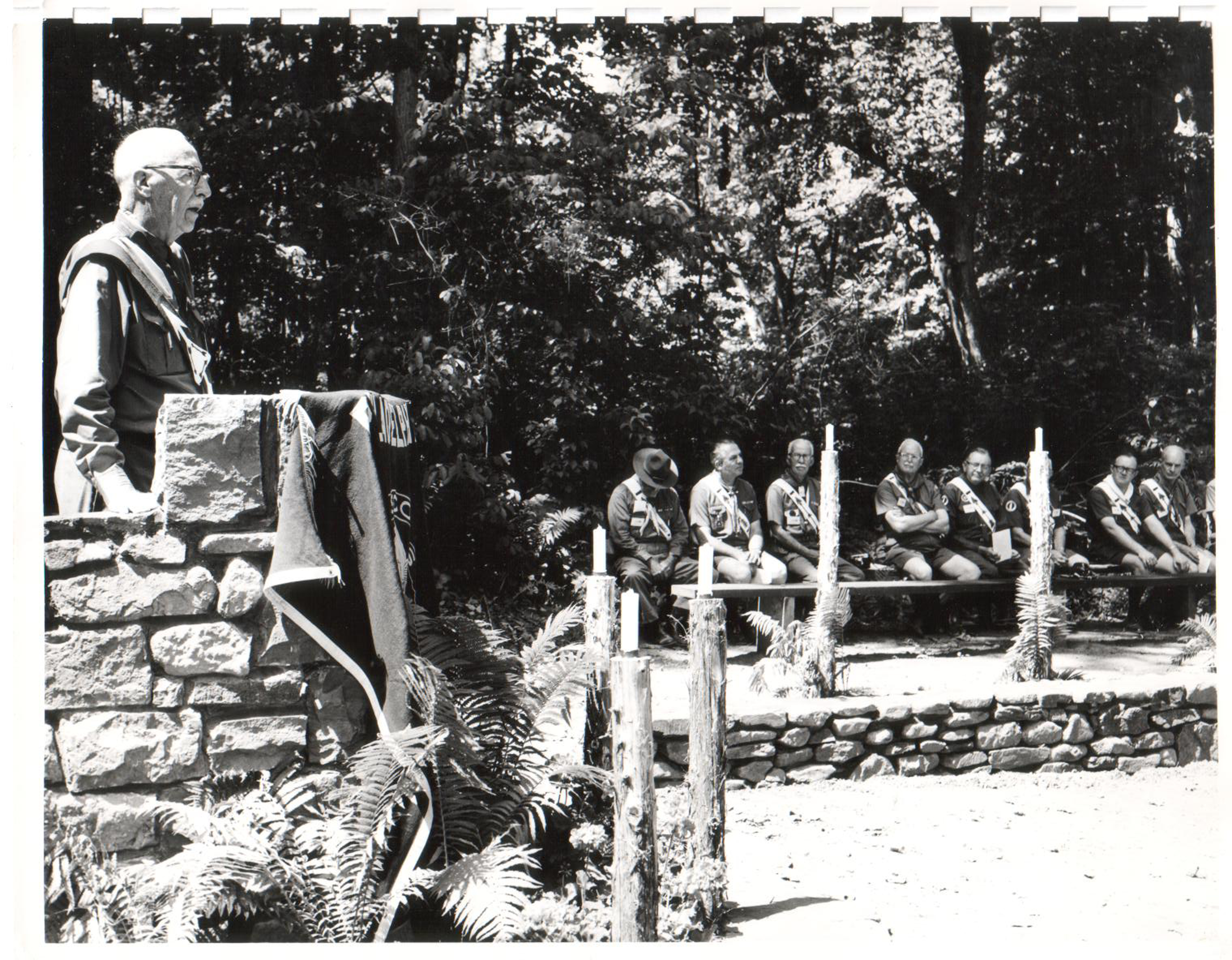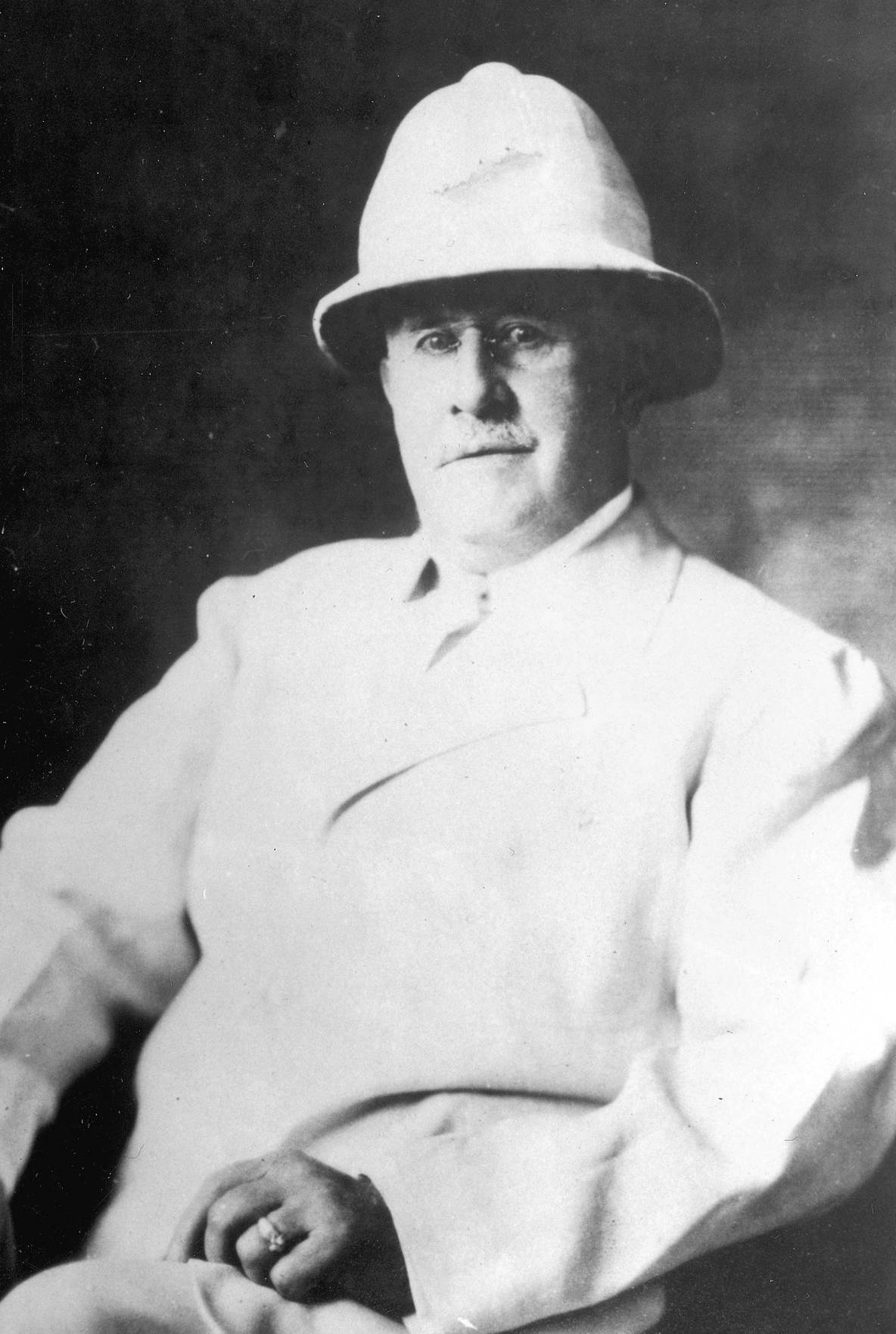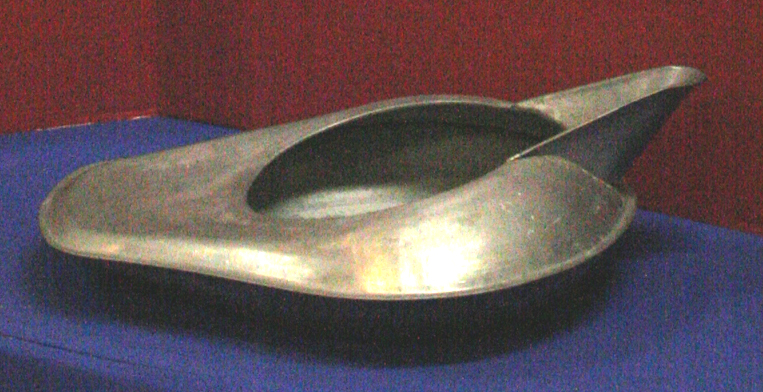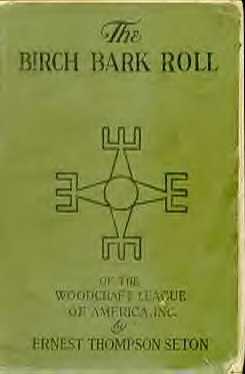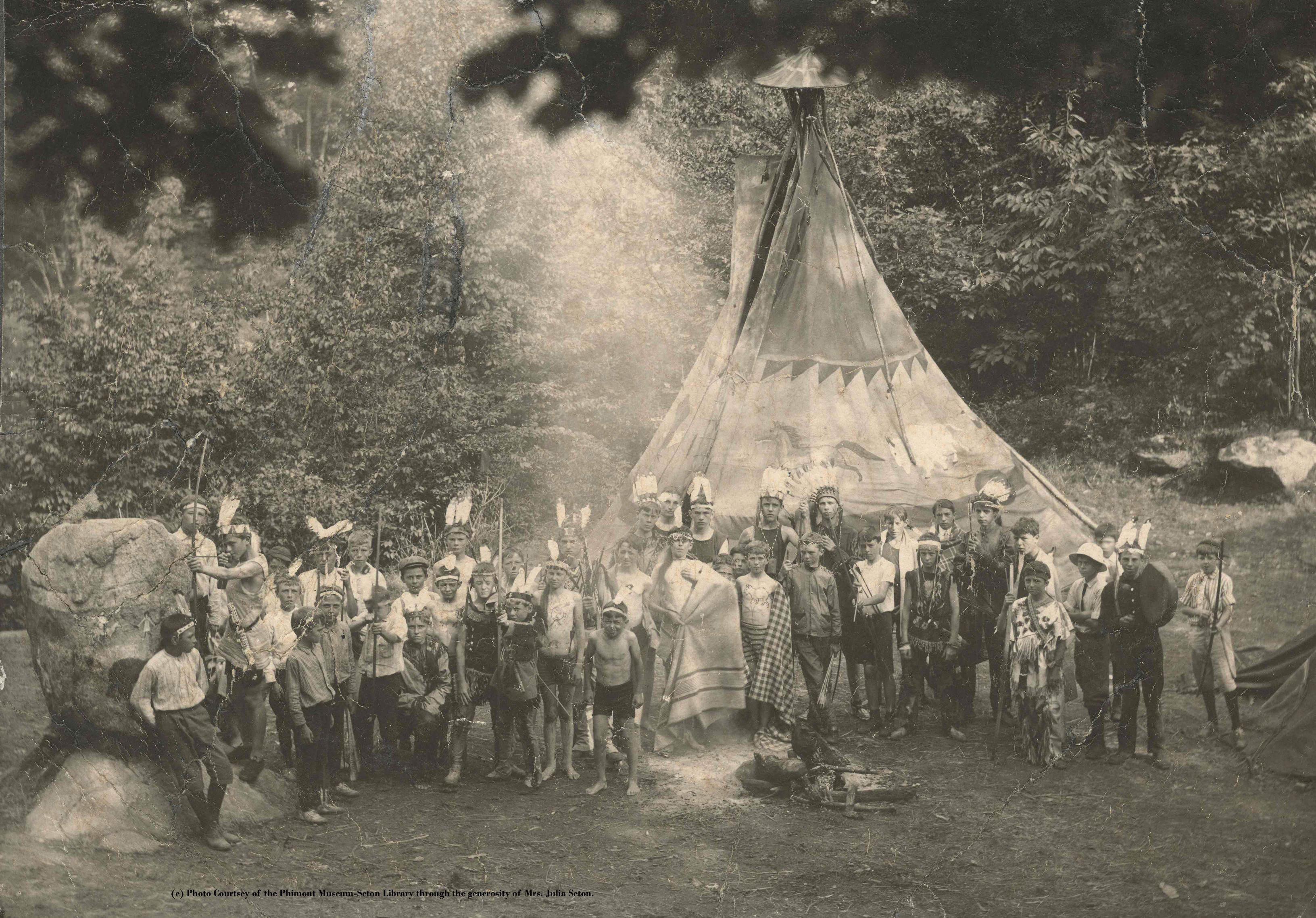Treasure Island Ceremonial Grounds
George Chapman shared in his writings the following:
“Shortly after camp opened, Urner Goodman had explored Treasure Island in order to select the most appropriate place for the location of the Council Fire. He selected a site in the south woods of the island, far removed from the ordinary activities of the camp, and Edson agreed with him that it would be an ideal spot.
It was considerably off the beaten path on even a small 50-acre island and because of its location was an excellent site. How well Urner Goodman selected the site may be judged from the fact that the location of the Treasure Island Council Fire has never been changed.
The site chosen was a natural amphitheatre formed by a ravine in dense woods. For some natural reason there was a clearing here with sloping ground on one side which was to serve as a seating place for the spectators.
On the afternoon of the first induction Urner Goodman and Harry A. Yoder, by means of almost superhuman effort, were able to get the selected site cleared of brush, an altar built, and a path cut through the thick underbrush from the camp to the site.
1, Ceremonies, Founders, Goodman, OA, Profile, Scouting
